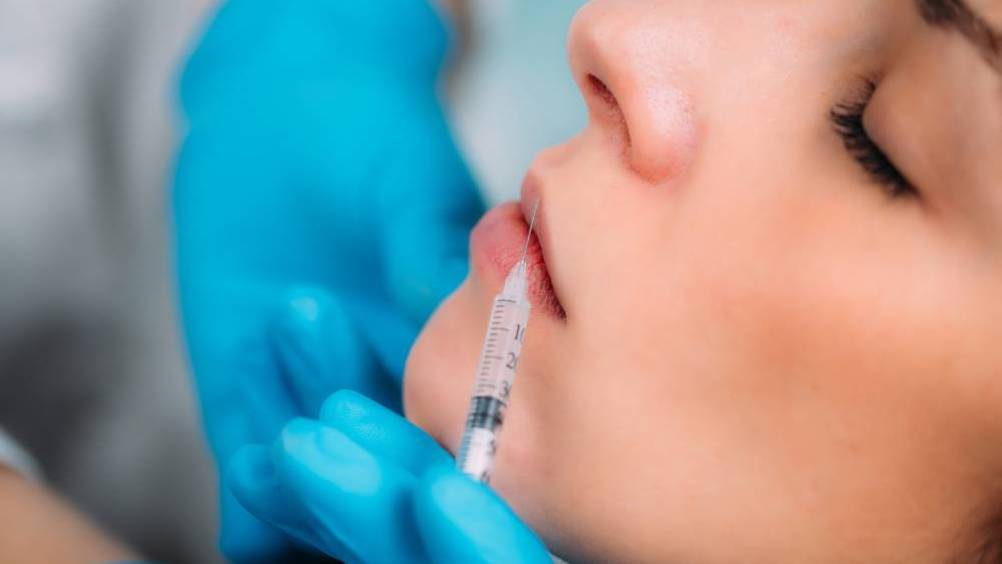References
Hyaluronidase use in aesthetic medicine: a review

Abstract
Background:
Demand for hyaluronic acid (HA) dermal filler procedures is rapidly growing, and several adverse events are recognised with these procedures. Since the use of hyaluronidase as a dissolving agent in HA dermal filler complications, dermal filler-related outcomes have improved.
Aims:
This integrative literature review will aim to present the current evidence for the safety of hyaluronidase use in the aesthetic field.
Methods:
CINAHL and OVID databases and the author's university search platform were searched for primary studies that support the use of hyaluronidase for HA dermal filler adverse events or primary studies descriptive of adverse outcomes with the use of hyaluronidase.
Findings:
A total of 17 studies were located: four cohort studies and 13 case studies. Two themes were identified throughout the captured literature: ‘hyaluronidase reactions and treatment’ and ‘intradermal skin testing’.
Conclusion:
Adverse reactions to hyaluronidase are rare, and most reactions can be safely mitigated with conservative management or antihistamine and corticosteroid treatment. The small risk of adverse reactions to hyaluronidase needs to be weighed against the risk of not treating HA dermal filler complications, both physically and psychologically. In most HA dermal filler complications, hyaluronidase treatment remains beneficial, despite the rare risk of sensitivity.
Demand for non-surgical cosmetic procedures is rapidly growing. These include the use of hyaluronic acid (HA) dermal fillers for volume replacement, skin rejuvenation and soft tissue augmentation (Cohen et al, 2015). HA dermal fillers are biodegradable gels and are the most widely used dermal filler in the US, Europe and Australia (Zhang et al, 2020). The use of HA dermal filler is considered safe, and Düker et al (2016) acknowledge complication rates in fewer than 3% of procedures. A number of adverse events have been recognised with the use of these dermal fillers, including inflammatory and non-inflammatory nodules; overcorrection or undesired aesthetic outcomes; discolouration at the injection site; transient and persistent oedema; foreign body reactions; bacterial infections; tissue necrosis secondary to vascular occlusion or compression; and visual impairment or vision loss (Cohen et al, 2015). An important benefit of HA dermal filler is that it can be dissolved with hyaluronidase in the event of adverse outcomes (Wu et al, 2018).
Register now to continue reading
Thank you for visiting Journal of Aesthetic Nurses and reading some of our peer-reviewed resources for aesthetic nurses. To read more, please register today. You’ll enjoy the following great benefits:
What's included
-
Limited access to clinical or professional articles
-
New content and clinical newsletter updates each month


